
One of the most challenging things any band can do is to delve into the atmospheric world of film scoring. Whilst there have been notable successes in the field (Asian Dub Foundation spring to mind), the need to follow the visuals rather than over-score them is imperative and the near-improvisational nature of reacting to what’s on screen, even with a good deal of preparation time, requires a self-discipline traditionally found in the very best jazz combos. Although Arabrot have performed live scores before, Der Nibelungesage saw the experimental band stretched to their very limits as the band were given very little lead in time (a scant few months) to score and perform a five-hour movie.
Despite some very real concerns, Kjetil (never an artist to shy away from a challenge) drew together a line-up that includes Arabrot mainstay Karin Park (keyboard), Ane Marthe Sorlien Holen (percussion), Andrew Liles, from Nurse With Wound & Current 93 (electronics / soundscaping) and A. P. Macarte, from Arkh & Gnod (synth, vocals, bass and gong) and took them on stage with barely any practice time allotted. Performing at Verdensteatret in Tromso, a stunning, 1916 theatre that oozes atmosphere, Arabrot stunned the audience with their one-of-a-kind performance which, luckily, was recorded. Mixed and edited down to its core by Andrew Liles, Der Nibelungesage is a two-track piece pressed on gorgeous coloured vinyl by Pelagic and released, alongside detailed liner notes, as a special limited edition. In contrast to the recent, excellent, who do you love (which made SonicAbuse’s albums of 2018 list), the record shows the band at their most oblique, conjuring noise from the ether and producing atmospheric mood music capable of approaching a foundation-threatening roar when the need arises.
A dynamic and intense piece of music, Der Nibelungen draws from a mixture of sources including drone, ambient, noise and neo-classical. Elements of the subterranean drone found on Swans’ soundtracks for the blind can be heard swirling through the murk, as can aspects of Elliot Goldenthal’s experimental film composition. And then, just as all seems to be lost in a proto-Pink -Floyd miasma of reverb-drenched vocalisations, punishingly oppressive synth and echoing feedback, a flute emerges to sweeten the mood and leaven the atmosphere. It’s startlingly beautiful in the face of the darkness that precedes it; like light breaking through storm clouds turned purple with the weight of their watery burden; and it allows for a cathartic conclusion to the first side. Overall, the piece makes for a bold and intense digression from the band’s standard fare, and yet this is music that, even shorn of the imagery of film, does much to conjure its own internal landscape – even if that landscape is largely populated by the distorted and tortured figures of Silent Hill.
Side 2 opens to the sound of some skittering, unseen horror, all chiclet armour and seeking limbs. With screeching synth-strings and harrowing noise, it makes for a deeply unsettling experience and even the first side has nothing on the appalling sense of claustrophobia that the second piece instils in the listener. Fortunately, as the piece progresses, a beat emerges and, even though it is funereal in aspect, the sense of forward movement that it creates at least helps to dispel the creeping sense of horror that results in flesh crawling over tensed limbs. Unflinching in its sonic depiction of an unnamed oppressor, Die Nibelungen Part Two is not necessarily a piece of music that will be played often, but the sense of dread it invokes lingers long after the record has spun to a halt. It is this ability to stimulate the senses in so extraordinary a fashion, that marks this out as a particularly important release for Arabrot and, hopefully, it hints at further such collaborations in the future.
It’s difficult to categorise Die Nibelungen alongside other Arabrot releases. Whilst the band’s noise roots are, in part, evident, this release is very much more in the line of avant-garde film composition and has more in common with the work of Kaada and Goldenthal, or experimental noise sculptors such as Branca, than anything traditionally associated with the familiar structures of rock music. In the same way that Sonic Youth released compositions under their own name, but outside of the main body of their catalogue, Die Nibelungen is both an Arabrot release and yet not. Beautifully crafted and performed, in many ways it has the opportunity to spread beyond the band’s fanbase and open up their remarkable music to a whole new audience. In every sense, it is a triumph of art over commerce, but don’t expect an easy listen. 8/10



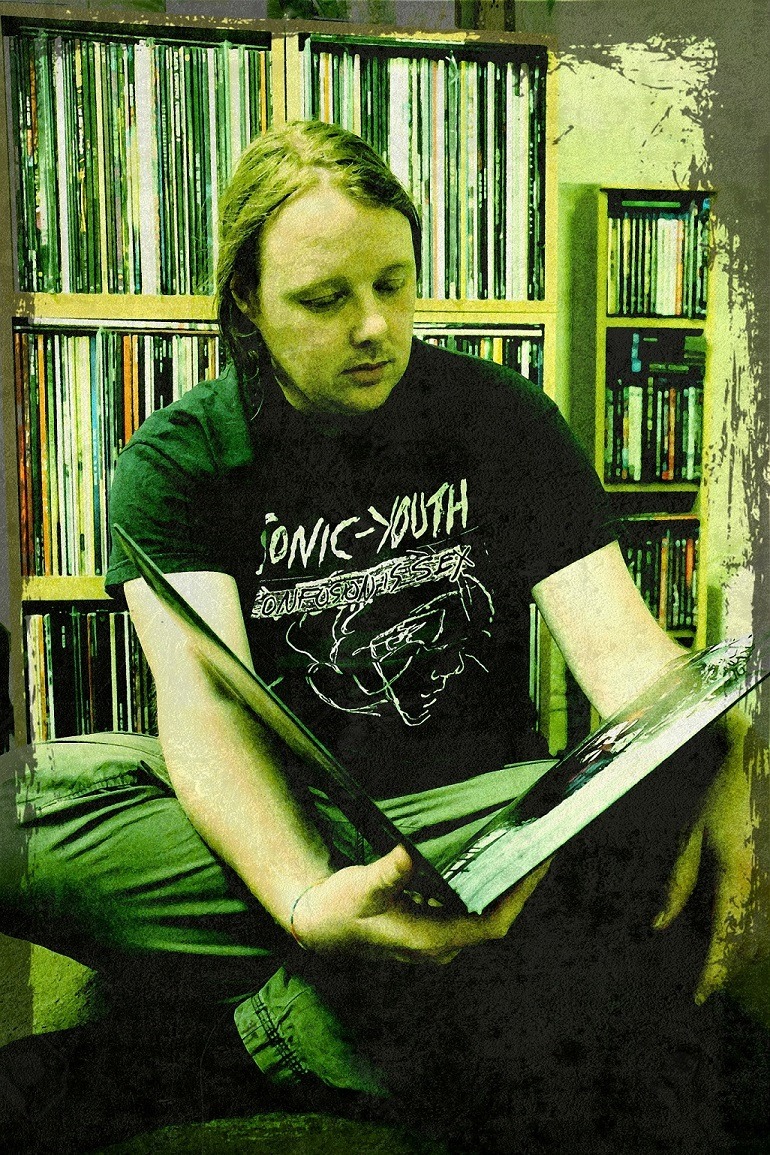
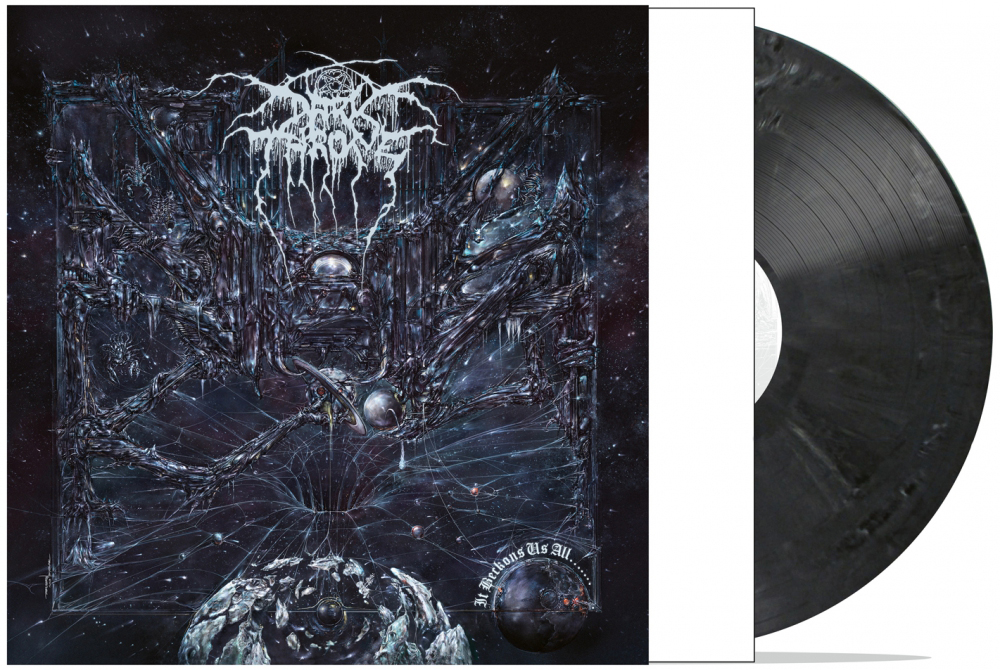
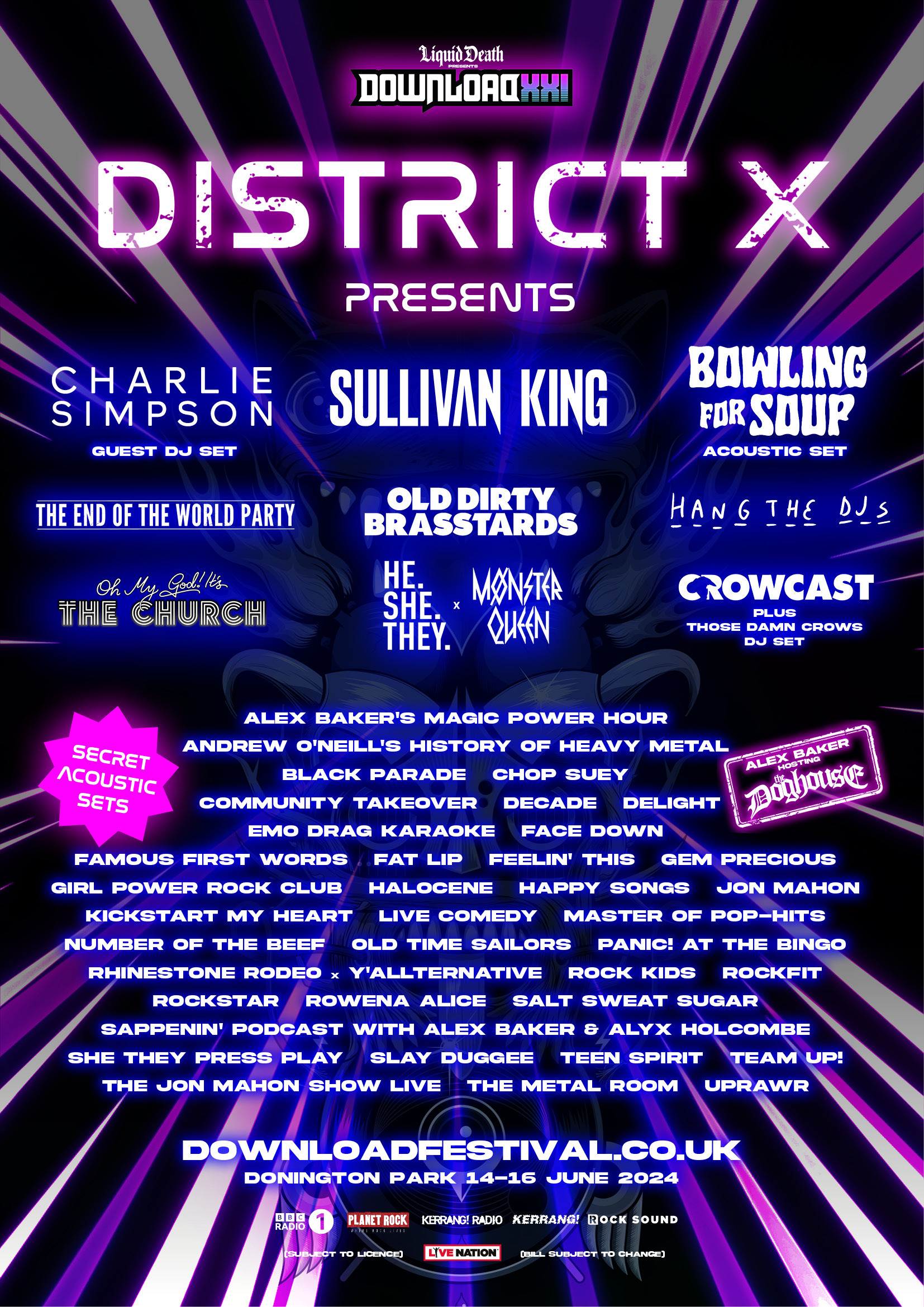
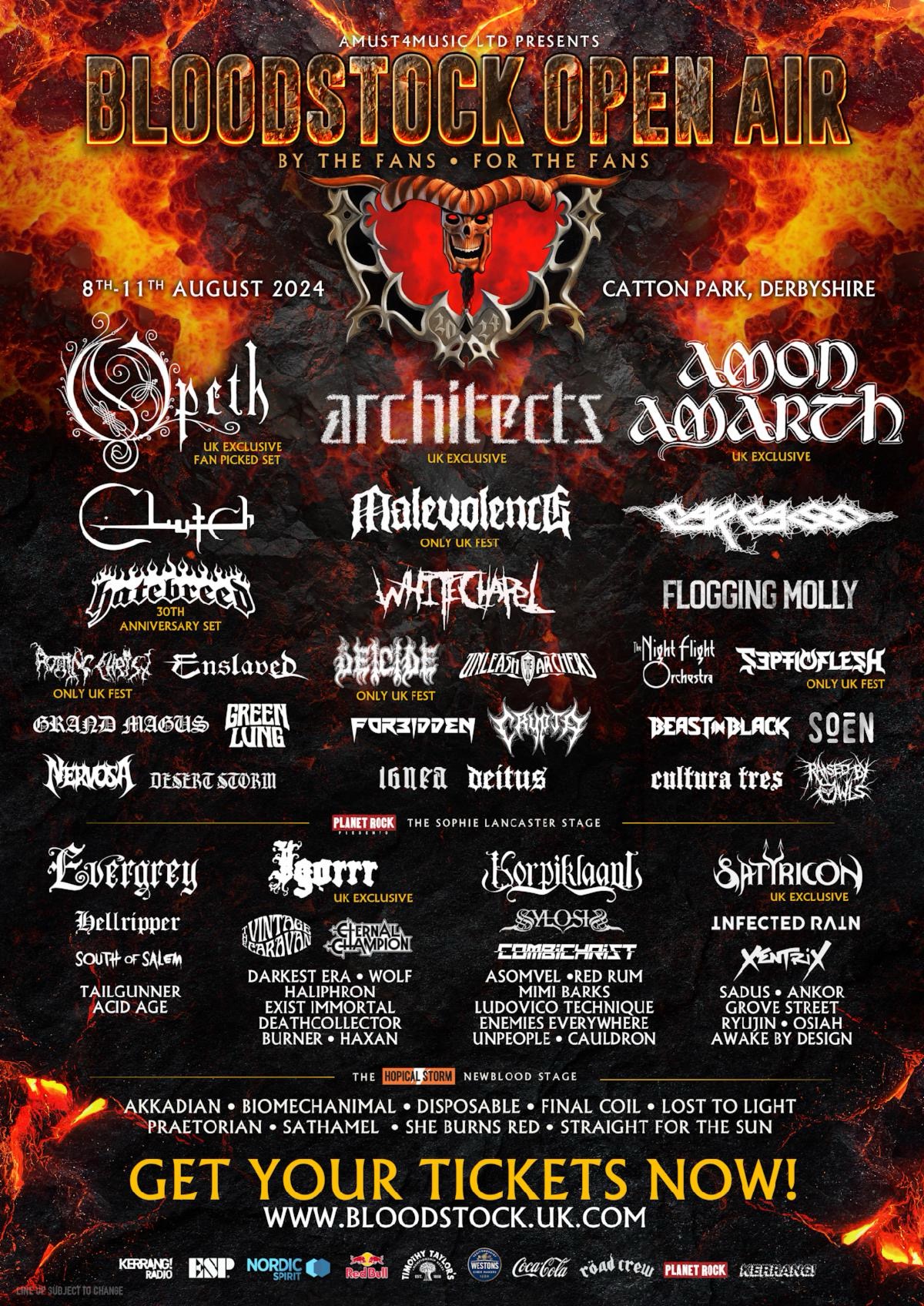
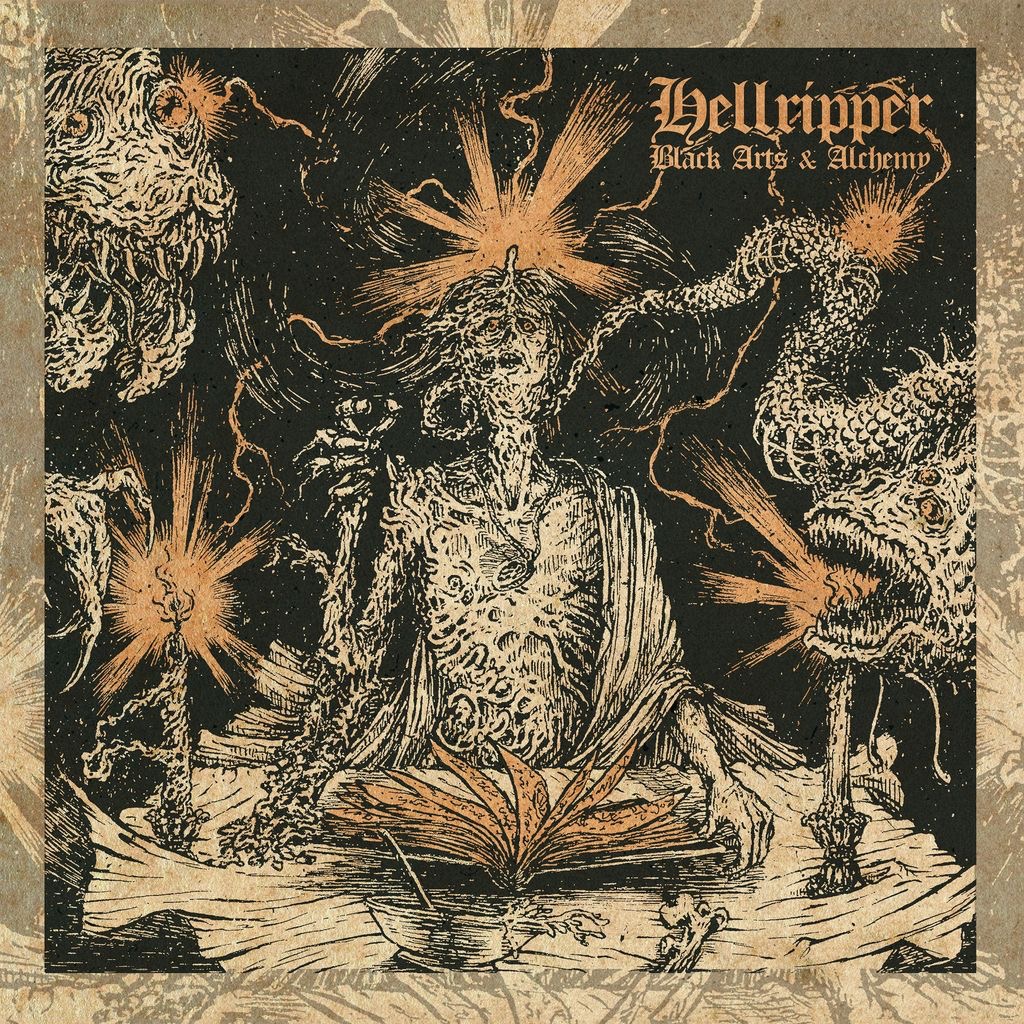
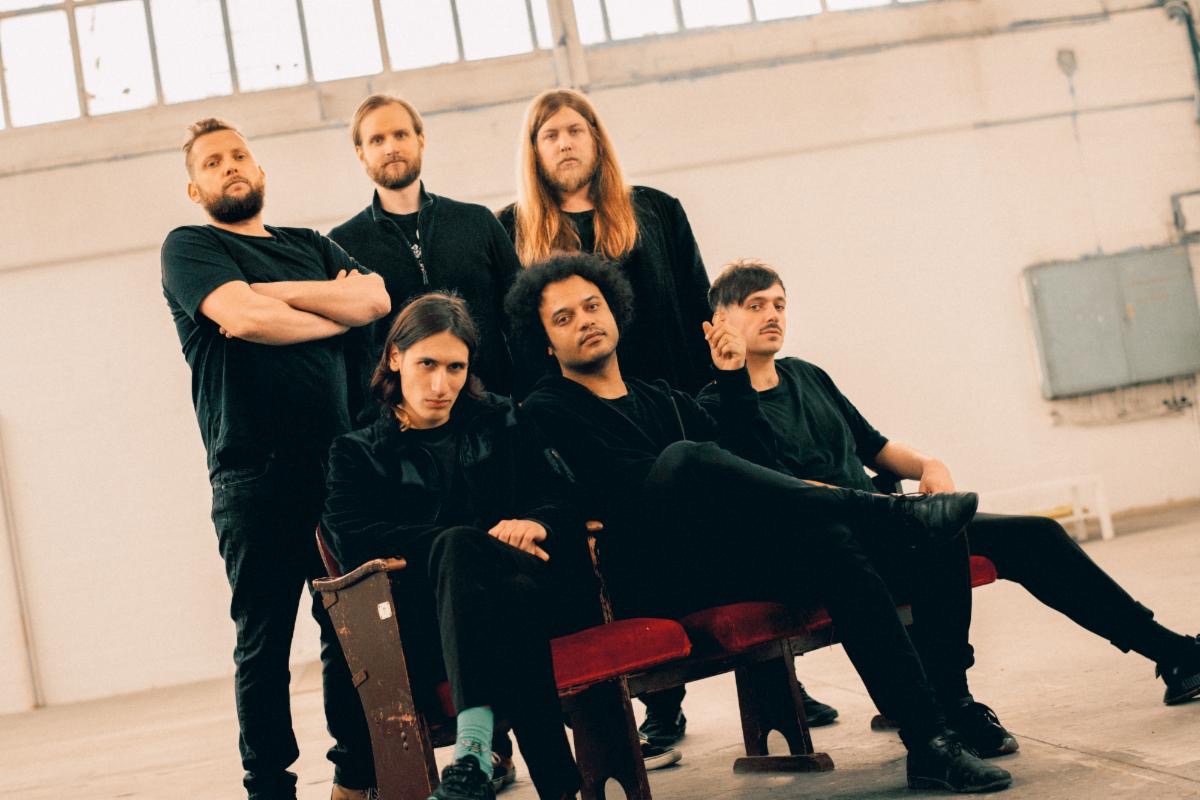

Leave a Reply